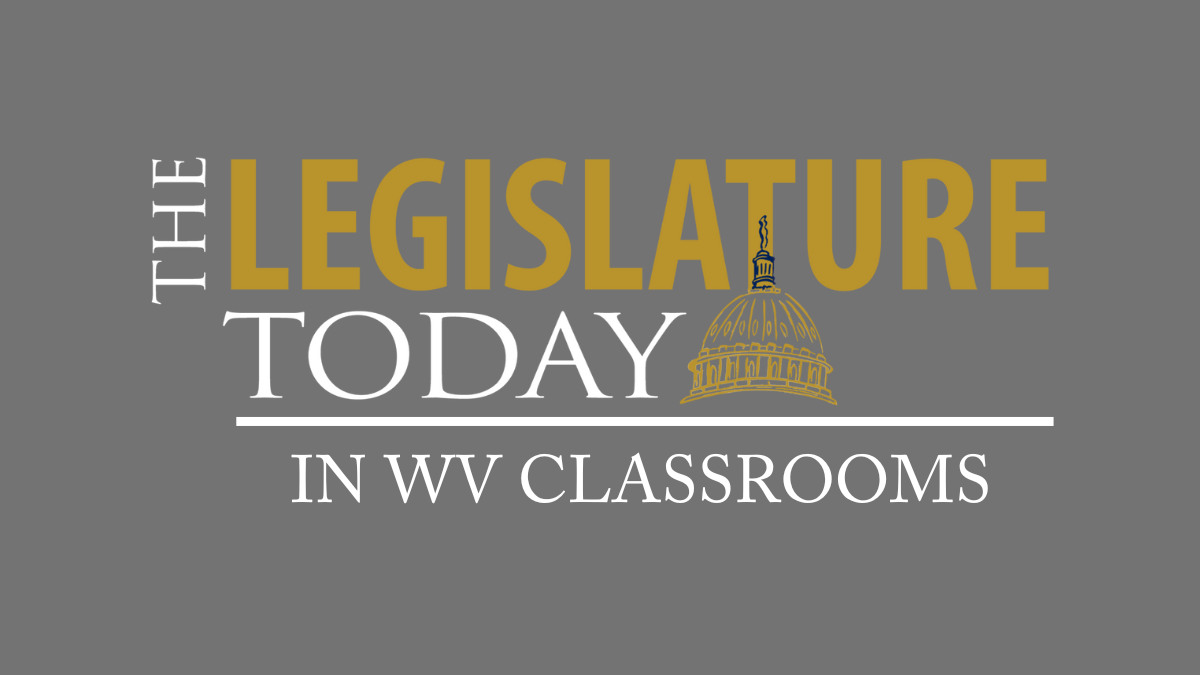Lou Turner And Little Jimmy Dickens, Inside Appalachia
This week, a poet and musician draws inspiration from a distant family connection to the Grand Ole Opry’s Little Jimmy Dickens. Also, for 15 years, a Virginia library has been hosting a weekly Dungeons & Dragons game for teens. And, a taxidermist in Yadkin County, North Carolina found her calling before she could drive a car.
Continue Reading Take Me to More News





















